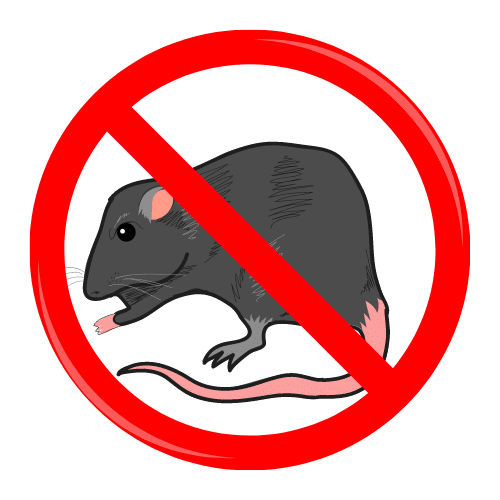Defending Toronto against Rodent Invasions: Control Techniques
In Toronto, maintaining a rodent-free environment is crucial for the health and safety of its residents. Rodents, such as rats and mice, can pose significant threats to public health, infrastructure, and overall well-being. To address this pressing issue, effective rodent control techniques are essential. In this video, we'll explore the various methods used to defend Toronto against rodent invasions.
Understanding the Problem: Rodents are notorious for their ability to thrive in urban environments, and Toronto is no exception. With plentiful food sources and suitable shelter, these pests can quickly establish populations, leading to infestations in homes, businesses, and public spaces. Not only do rodents carry diseases and cause property damage, but their presence also tarnishes the reputation of neighborhoods and businesses.
Importance of Rodent Control: Effective rodent control is vital for maintaining public health and safety in Toronto. By implementing proactive measures to prevent and manage rodent infestations, we can minimize the risk of disease transmission, property damage, and economic losses. Additionally, a rodent-free environment enhances the quality of life for residents and visitors alike, ensuring a clean and welcoming cityscape.
Control Techniques:
- Integrated Pest Management (IPM): IPM is a holistic approach
to pest control that emphasizes prevention, monitoring, and intervention.
By identifying and addressing the root causes of rodent infestations, such
as access to food and shelter, IPM helps to minimize reliance on chemical
treatments while promoting long-term solutions.
- Exclusion Methods: Preventing rodents from entering buildings
and structures is key to effective control. This can be achieved through
sealing cracks and gaps in foundations, installing rodent-proof barriers
around doors and windows, and maintaining proper sanitation practices to
eliminate potential food sources.
- Trapping: Traps are commonly used to capture and remove
rodents from indoor and outdoor environments. Various types of traps,
including snap traps, glue boards, and live traps, can be deployed
depending on the severity of the infestation and the preferences of the
property owner. Humane trapping methods are often favored to minimize harm
to non-target species.
- Baiting: Rodent baits containing toxicants are another control
option, particularly for large-scale infestations or inaccessible areas.
However, careful consideration must be given to bait placement to prevent
unintended exposure to humans, pets, and wildlife. Additionally, rotation
of bait formulations is recommended to prevent bait aversion and
resistance.
- Environmental Modifications: Modifying the environment to make it less hospitable to rodents can help deter infestations. This may include removing clutter and debris, trimming vegetation near buildings, and implementing proper waste management practices to reduce food availability.
In the ongoing battle against rodent invasions, a proactive and integrated approach to pest management is essential. By combining preventive measures, exclusion techniques, trapping, baiting, and environmental modifications, Toronto can effectively defend against unwanted rodent guests. Together, we can safeguard the health, safety, and well-being of our city and its residents. Remember, when it comes to rodent control in Toronto, vigilance and action are key.
Click
here for more information about pest control!


Comments
Post a Comment